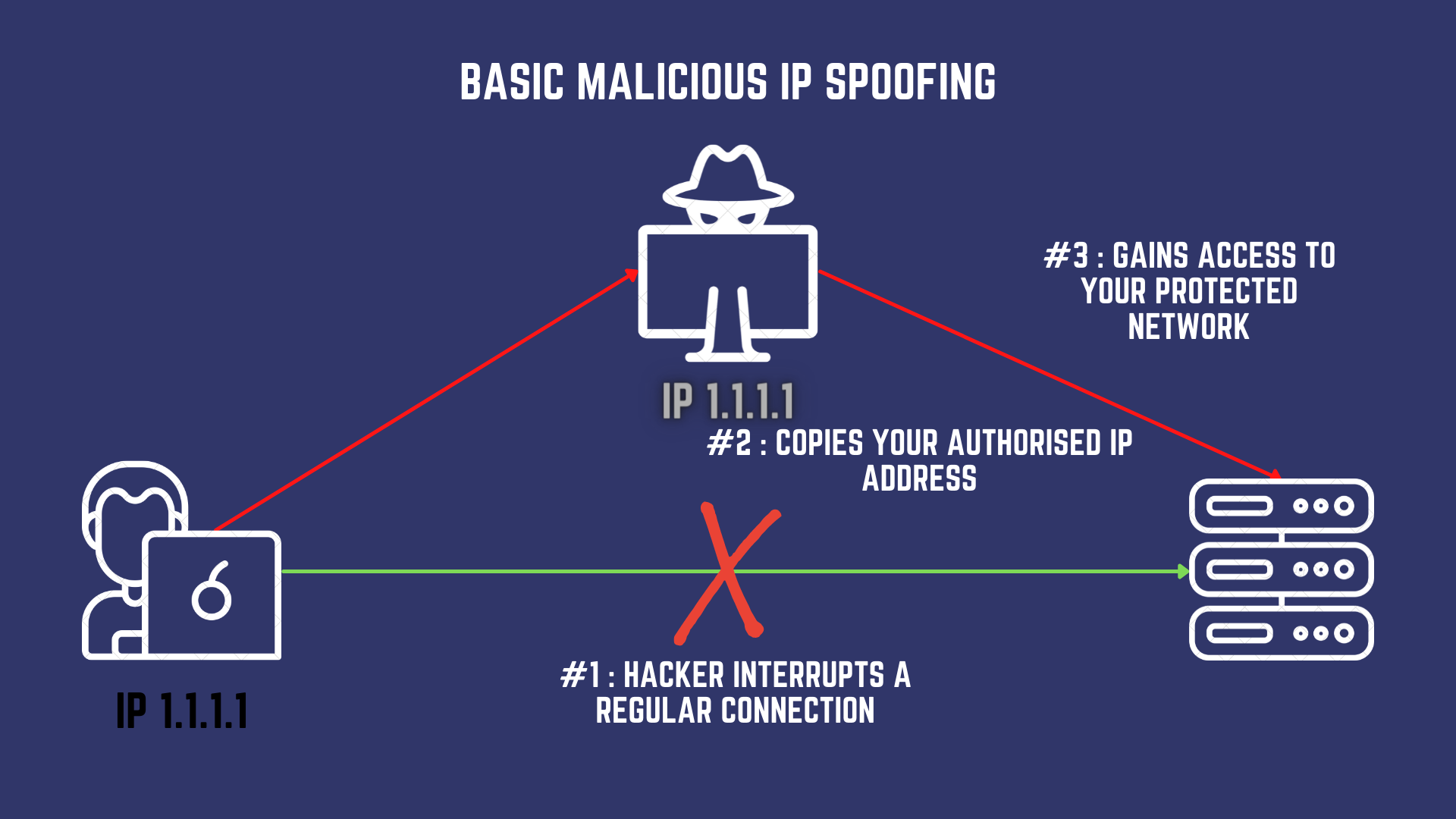
Still with us? Great, now let me ask you this: Your Privacy & Security at Work (is Lacking) In this post we’re going to talk about how the communication, file sharing and file storage layers have become a huge security vulnerability for individuals and organizations of all sizes, why, and what you can do about it. And buckle up, because you’re in for a few surprises. Value your privacy and security? If the answer’s yes, then you’re going to want to keep reading. If you’re like most internet-goers there’s a good chance you’re using some combination of Slack, Gmail, Dropbox or one of the many other popular message and file sharing apps on a daily basis so why worry about Apple building backdoors into the iPhone if you’re perfectly content sharing your most sensitive messages and files through apps that already have the equivalent of built-in backdoors? This is not always effective since hackers could be impersonating the user's friends as well.Apple vs FBI should be the least of your concerns, because right now your emails, chats and files are not private, and they’re certainly not secure. A user may also modify the phone's settings so that only messages from authorized numbers are allowed. If a user can prove that their SMS sessions have been spoofed, they should contact both law enforcement and their cellular provider, who should be able to track where the SMS messages were actually sent from. However, in 2008 PhonePayPlus introduced new regulation covering anonymous SMS, requiring anonymous SMS service providers to send a follow-up message to the recipient stating that a spoofed SMS has been sent to them, and operate a complaints helpline. In 2007, The UK premium rate regulator, PhonepayPlus (formerly ICSTIS) concluded a public consultation on anonymous SMS, in which they stated they were not averse to the operation of such services. If fraudsters move to using source addresses at a major interconnect partner, it may become unfeasible to block these addresses, due to the potential impact on normal interconnect services. Operators can respond by blocking different source addresses in their Gateway- MSCs, but fraudsters can change addresses easily to by-pass these measures. These errors are caused by the spoofed subscriber identities.

They must spoof their own number in order to properly identify themselves.
#Bitmessage spoofing full size#
A sender transmits an SMS message from an online computer network for lower more competitive pricing, and for the ease of data entry from a full size console.The legitimate use cases for SMS spoofing include: If this situation occurs, the integrity of the home operator’s billing process may be compromised, with potentially huge impact on the brand. The risk therefore emerges, that genuine subscribers may be billed for roaming messages they did not send. While fraudsters normally used spoofed-identities to send messages, there is a risk that these identities may match those of real home subscribers.Home subscribers will be unable to send messages into these networks. Interconnect partners may threaten to cut off the home network unless a remedy is implemented. Their customers may complain about being spammed, or the content of the messages may be politically sensitive. These messages can be of concern to interconnect partners.The home network can incur termination charges caused by the delivery of these messages to interconnect partners.The impact of this activity is threefold: In other words, you can message from any number you want In advanced cases they can even hijack existing contacts in a phone. Frequently, these messages are addressed to destinations outside the home network – with the home SMSC essentially being “hijacked” to send messages into other networks. Often it is done in order to impersonate a user that has roamed onto a foreign network and is submitting messages to the home network. SMS Spoofing occurs when a sender manipulates address information.


 0 kommentar(er)
0 kommentar(er)
